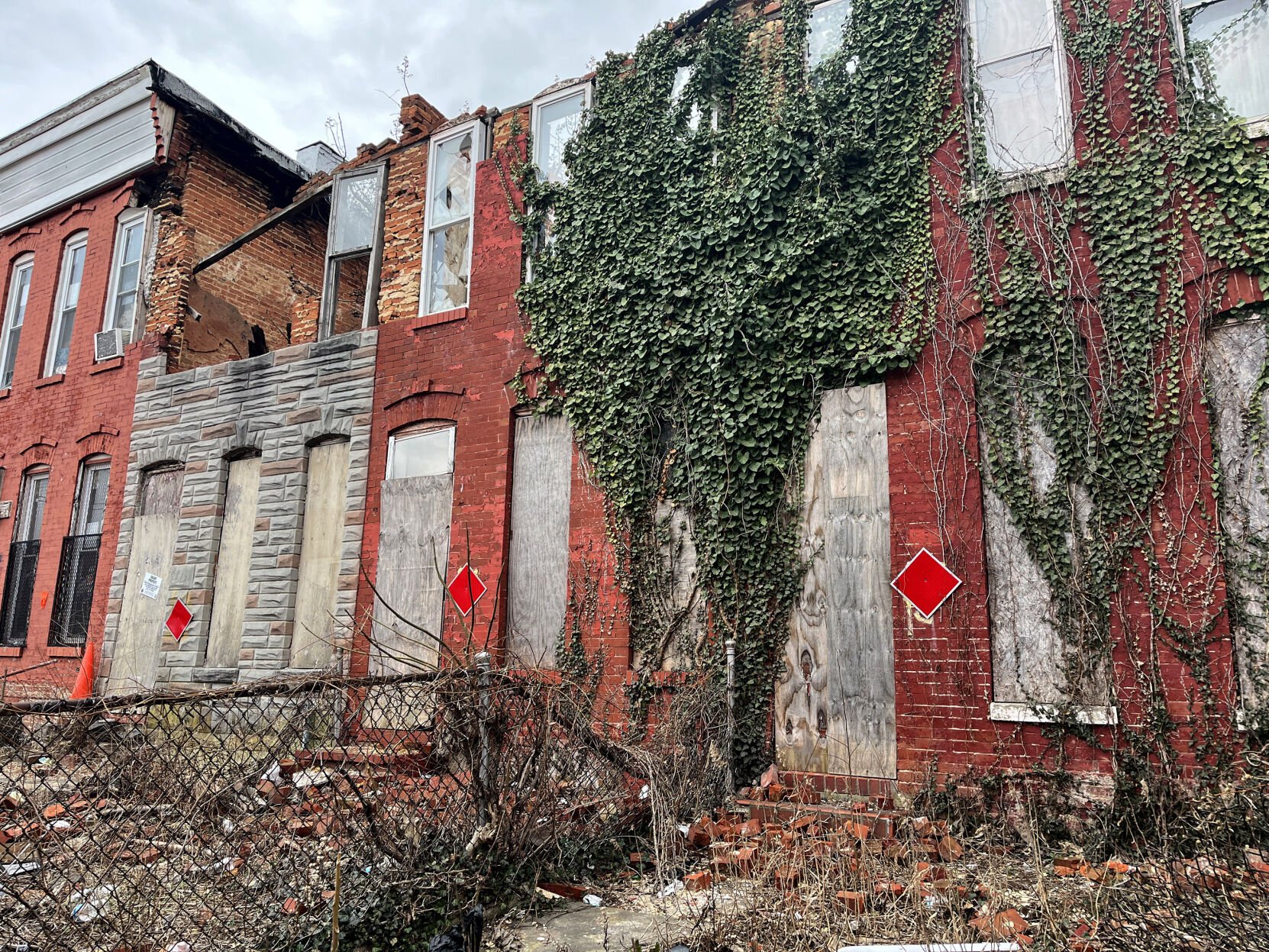Baltimore is launching a grant program to rehabilitate thousands of vacant homes. Spearheaded by Mayor Brandon Scott, this initiative seeks to reduce neighborhood blight, boost affordable housing, and rekindle investment in once-neglected communities.
5 things to know about Baltimore’s grants to revive vacant properties

Key Takeaways:
- Baltimore has thousands of vacant properties in need of upgrades
- Mayor Brandon Scott announced the first round of City-Wide Affordable Housing TIF Funds
- The grants are aimed at individuals or groups eager to restore homes
- Reducing blight and promoting affordable housing is a major goal
- This initiative is part of a broader city-wide renewal strategy
Baltimore’s Renewed Focus on Vacant Properties
Baltimore faces a significant challenge with thousands of vacant properties scattered throughout its neighborhoods. Local officials recognize these abandoned structures as both a safety concern and an obstacle to community development.
Mayor Scott’s Announcement
Mayor Brandon Scott, a Democrat, unveiled the first round of City-Wide Affordable Housing TIF Funds, acknowledging that revitalizing these dilapidated areas is essential for the city’s long-term prosperity. “We must tackle the vacancy crisis from the ground up,” he said, highlighting the urgent need for practical, city-wide solutions.
How the Grants Work
The grants aim to incentivize homeowners, investors, and community groups to purchase and rehabilitate vacant properties. By allocating financial support specifically for repairs and improvements, city leaders hope to boost affordable housing options and stimulate private investment in under-served spaces.
Potential Impact on Neighborhoods
Bringing vacant properties back to life can have a ripple effect across Baltimore, potentially reducing crime and reviving once-thriving districts. Community advocates are optimistic that these efforts will foster a renewed sense of pride in local neighborhoods, encourage families to settle down, and create a stronger footing for economic growth.











